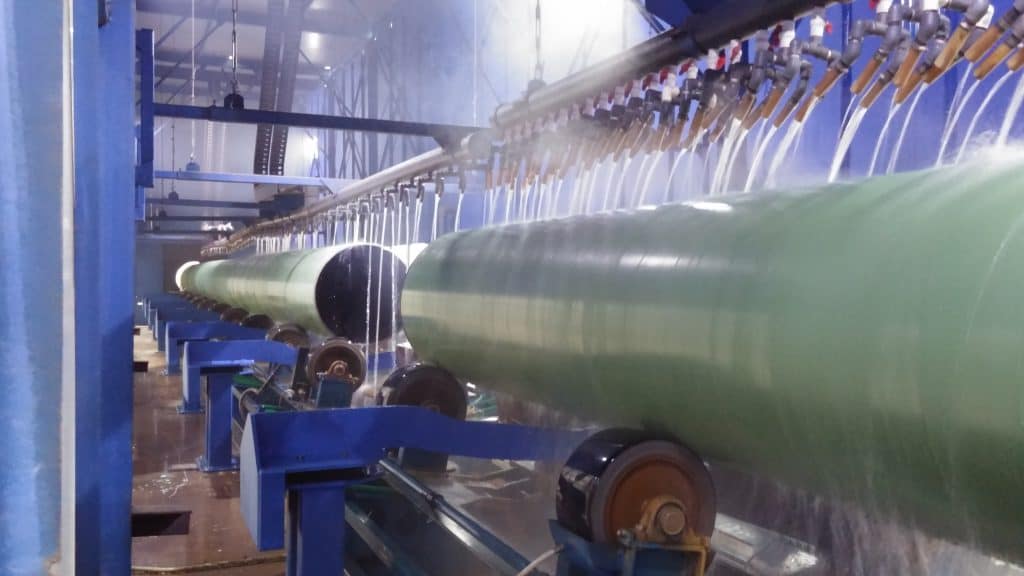Cooling with a closed loop water system.
For more information on this topic contact sales@selmers.com
Cooling with a closed loop water system.
For more information on this topic contact sales@selmers.com


Biesland 3
1948 RJ BEVERWIJK
The Netherlands
2510 Dickinson Avenue
Dickinson, TX 77539
United States of America
Selmers B.V. – Your Solution Provider – a MeeMaken Company – Copyright © 2022 Selmers B.V. All rights reserved – Privacy Policy
Find what you are looking for, by searching the keyword(s) of your interest